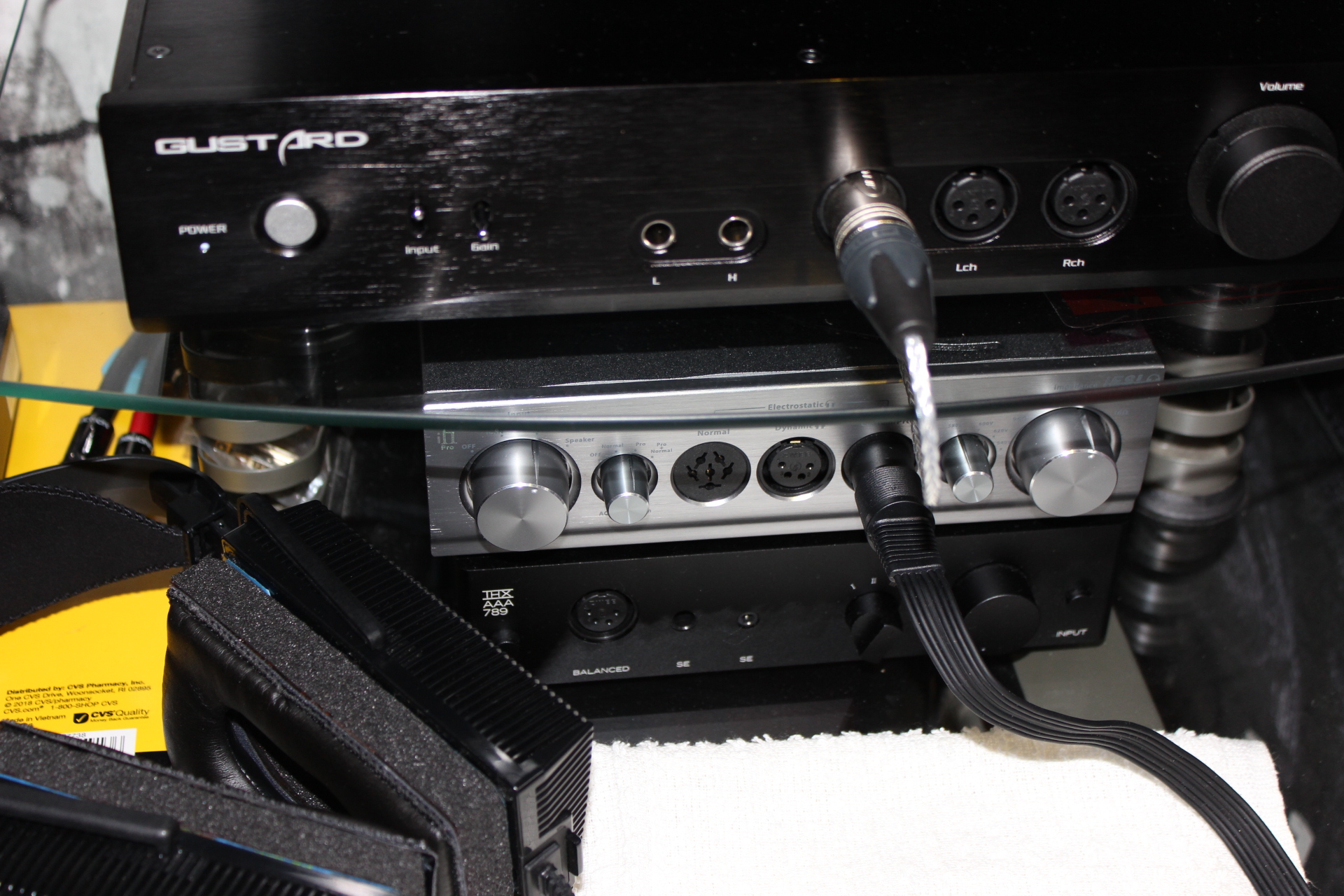These two are very different in how they work and with what products. iESL is an energizer and very good at that, thus can drive electrostatic headphones, whereas Pro iCAN is a more regular (though still unusual!) headphone amplifier. iESL can drive these as well and we provided it with 4-pin XLR out for regular headphones because we could include this extra feature, but again... it's an energizer. Plus, you can't drive e-stats out of iESL's 4-pin XLR.
The so-called house sound is irrelevant here, on the contrary to functionality. iESL was designed to do things ouside of Pro iDSD's reach and these two aren't really comparable. Yes, they both are capable of driving regular headphones but in case of the iESL it's a side activity. E-stats are its main focus. Therefore for regular cans Pro iCAN is the way to go, but e-stats are iESL's turf.
Thanks, we won't disagree
Nope. As we've explained above, the two Pro range products differ in their main purpose, headphones they were meant to work with in the first place. But iESL able to drive headphones the Pro iCAN can happened just because we could iunclude this option in the former. It's an option one can investigate into if one wishes to.
They don't, their main functionality is different.
iESL has its own needs. It has to be biased either via a regular power amp, Pro iCAN or other amplifier with XLR outs juicy enough to provide 10V into 64 ohms.
-----------------------
One thing in one of our previous posts we got wrong, though. iESL is not just an extender for Pro iCAN. It allows one to fine tune regular headphones as well through impedance control which is active for them too. And the signal to 4-pin XLR passes through the transformer with either 1:1 or 2:1 stepdown, which impacts the sound.
Thanks for the informative post!
My opinion remains that it doesn't make much sense to have both the iESL and the I CAN in the same system if ones main purpose is driving planars+electrostatics. that idea is formed being fully aware that the iESL's main focus is electrostatics. It seems to me that the iESL is best served as a compliment to a receiver (preferably vintage) with a really good single-ended headphone out.



























 !
!